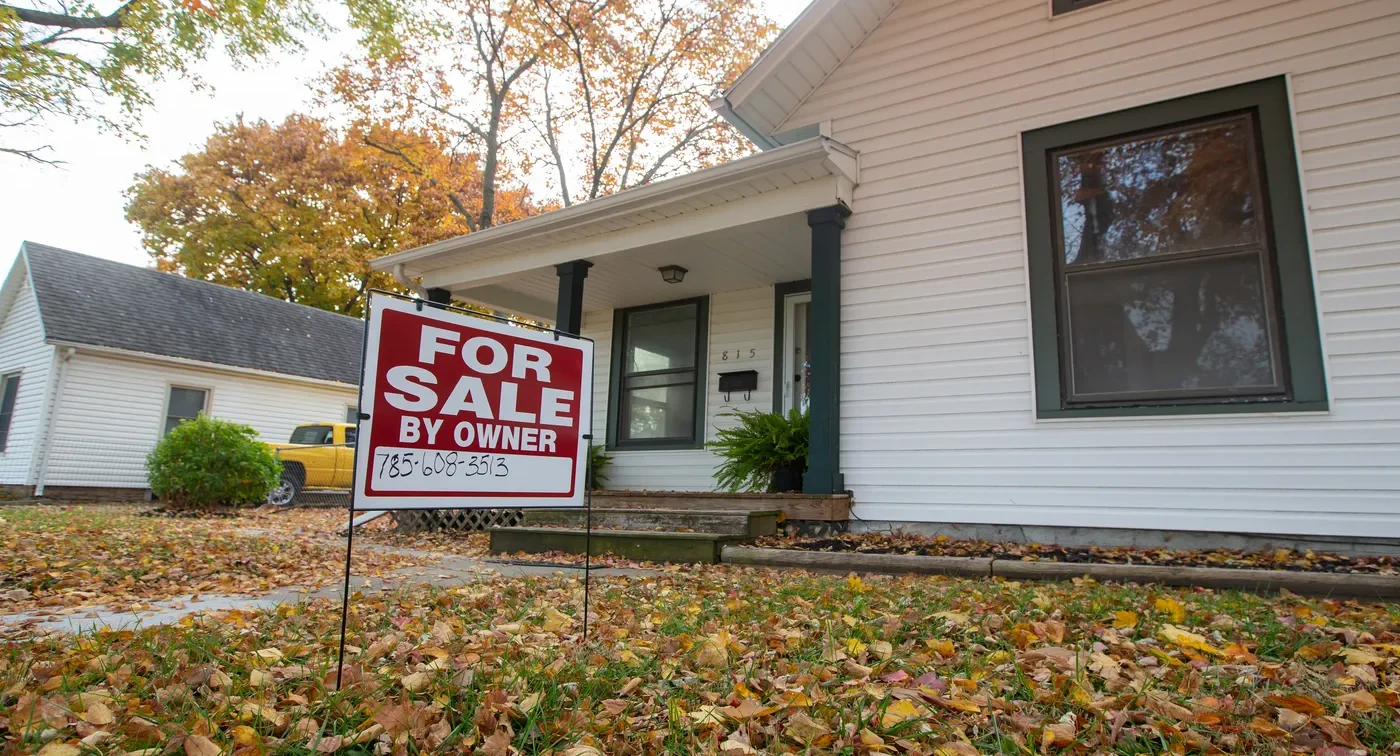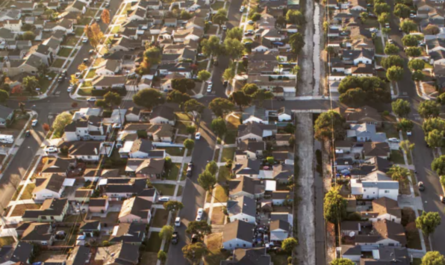With remote work becoming the new norm, we are seeing a major shift in how and where people are living across the United States. People are ditching their city apartments for bigger and more affordable homes in suburban areas as they embrace the newfound freedom that comes with remote work. This migration has had a huge effect on both local economies and housing markets. In this blog post, we’ll explore how remote work is driving people to move out of cities and into more affordable suburban areas, what impact this is having on local communities, and how it could reshape our housing and economic landscape in the future.
The rise of remote work
The rise of remote work has been a major trend in recent years, as more and more companies allow employees to work from home or other remote locations. This trend has had a significant impact on the real estate market, as many people are now looking to relocate to more affordable, suburban areas in order to take advantage of the increased flexibility that remote work affords.
There are a number of factors driving this trend, including the increasing costs of living in major urban centers, the need for more space to accommodate remote working arrangements, and the desire for a better quality of life. Whatever the reason, it’s clear that the rise of remote work is having a major impact on where people choose to live.
If you’re considering making a move to a more affordable, suburban area, there are a few things you should keep in mind. First, do your research to make sure that the area you’re moving to has good internet access and other infrastructure necessary for remote work. Second, consider your commute; while it may be shorter and less expensive to live in a suburban area outside of a major city, the trade-off may be a longer commute time. Finally, think about your lifestyle and whether or not you’ll be able to find the amenities and activities you enjoy in your new location.
Making a move to a suburb can be a great way to take advantage of the increased flexibility that remote work affords. Just make sure you do your research beforehand so you can find an
The migration to suburban areas
The migration to suburban areas has been sparked by the rise of remote work. With more people working remotely, they are no longer tied to a certain location. This has led to a migration to more affordable, suburban areas.

There are a number of factors that have contributed to the rise of remote work. One is the increasing use of technology. With more people working online, they can do so from anywhere. This has led to a increase in the number of people working remotely.
Another factor is the changing nature of work. With more companies offering flexible work arrangements, there are more opportunities for people to work remotely. This is especially true for parents who need to balance work and family demands.
The migration to suburban areas has been driven by a combination of factors, including the rise of remote work and the changing nature of work. This has led to more people moving to these areas in search of affordable housing and greater flexibility.
The affordable housing crisis
The COVID-19 pandemic has led to a dramatic shift in the way we work, with more and more people working remotely. This has had a ripple effect on the housing market, as people are now looking for more affordable, suburban areas to live in.

The demand for suburban living is skyrocketing, as people are looking for more space and affordability. The problem is that there is already a shortage of affordable housing in many suburbs, and the pandemic has only made this worse.
Rents have been rising steadily for years, and the pandemic has caused many people to lose their jobs or income. This has made it difficult for many people to find affordable housing.
There are a number of factors that have contributed to the affordable housing crisis, and the pandemic has only made it worse. We need to find a way to address this issue so that everyone can have a place to call home.
The impact of remote work on the economy
The impact of remote work on the economy has been both positive and negative. On one hand, it has allowed people to live in more affordable, suburban areas and commute less. On the other hand, it has led to a decrease in productivity for some businesses and an increase in carbon emissions from all the extra driving.
Remote work is continuing to make a profound impact on how and where people choose to live. People who can now easily transition their jobs to remote positions are choosing more affordable, suburban areas as their home bases. With the growth of flex-work options and digital nomadism, it’s likely that this trend will continue to influence migration patterns in cities across the country for years to come.



